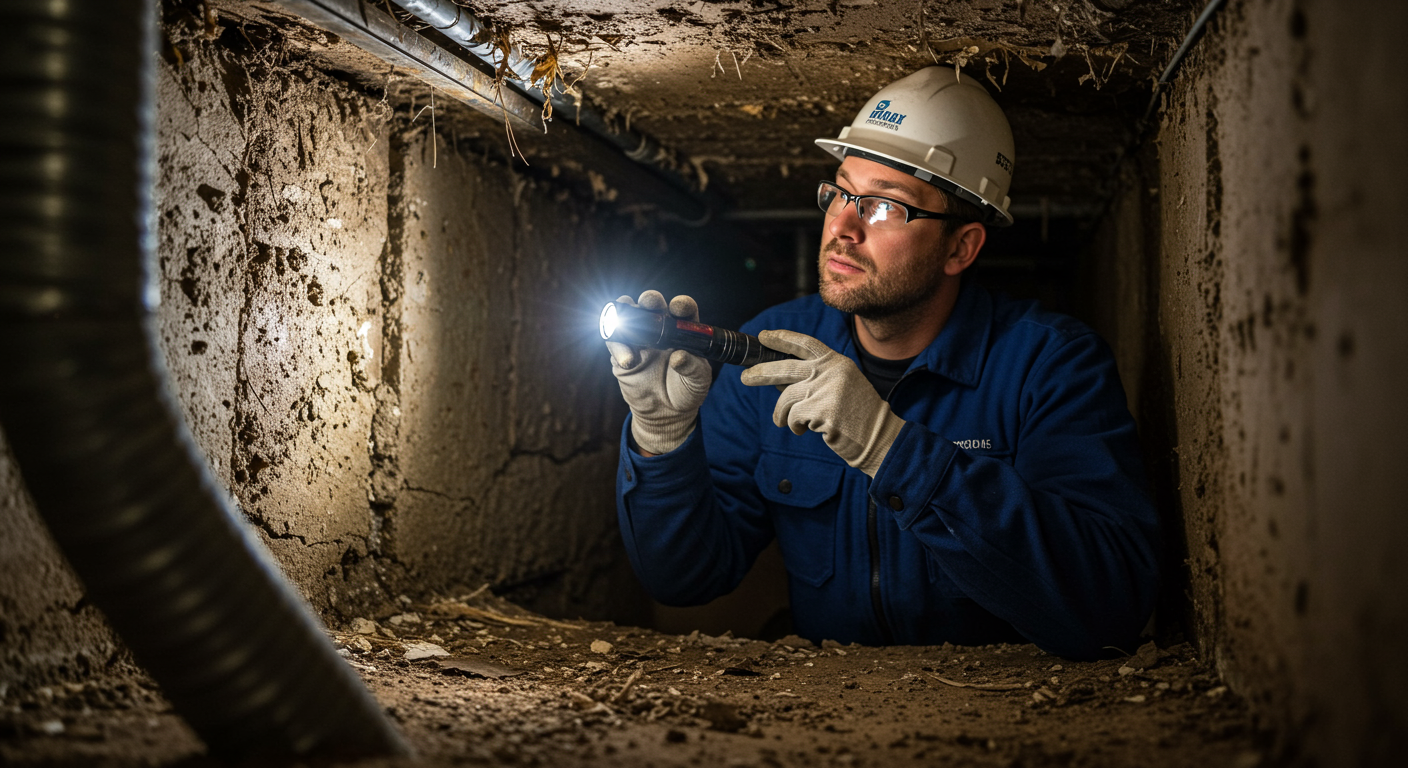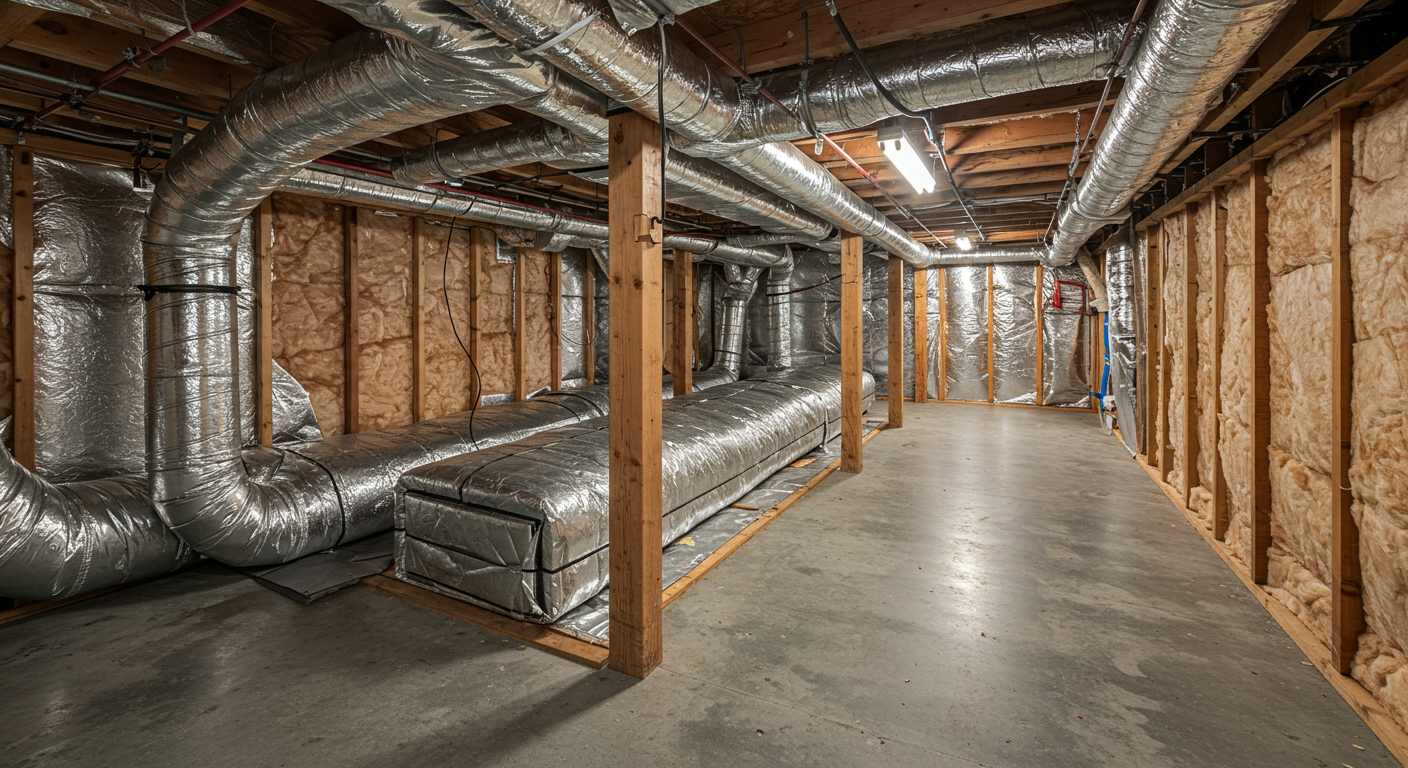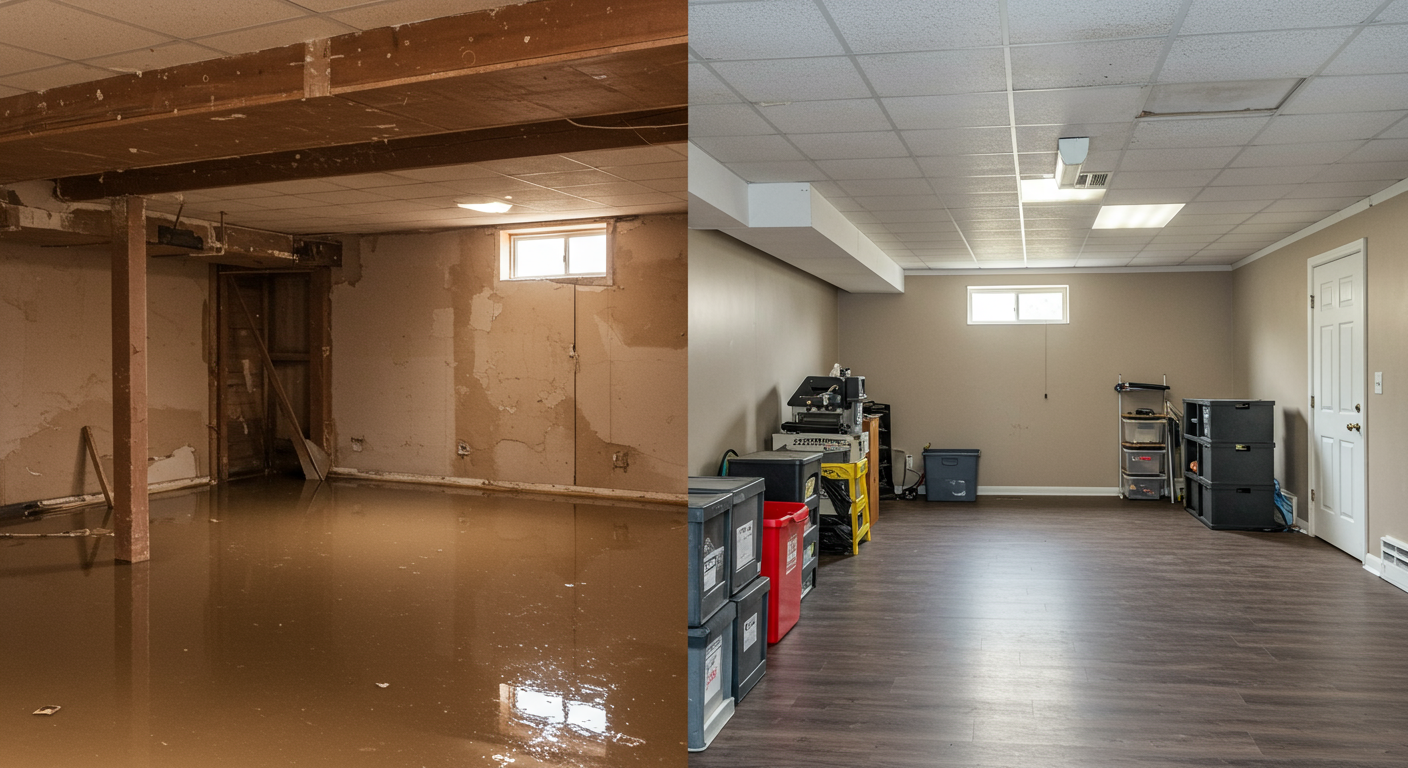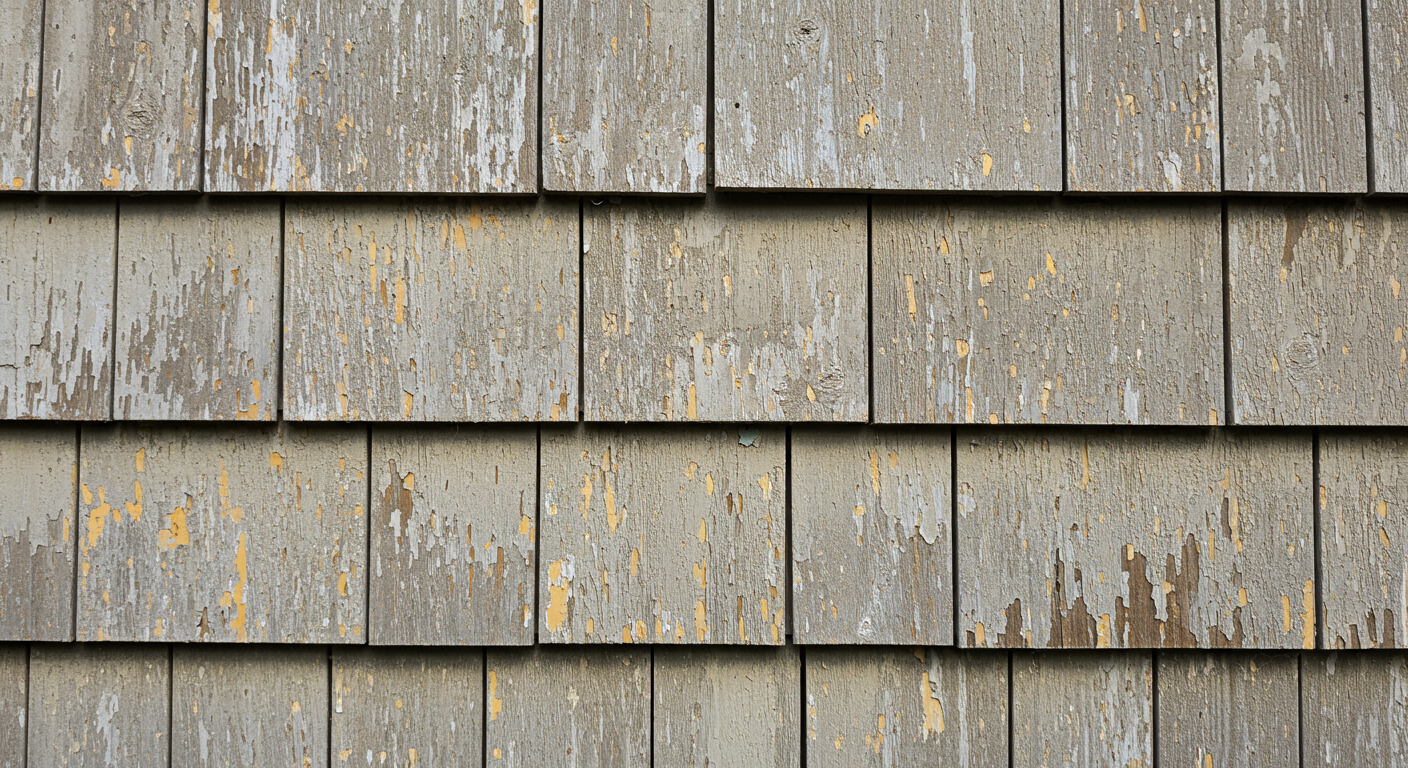Crawl space humidity is a common issue faced by homeowners in North Carolina due to the region’s humid climate. Left unchecked, excessive moisture in crawl spaces can lead to structural damage, mold growth, and poor indoor air quality. This article explores the causes, effects, and solutions for managing crawl space humidity effectively, ensuring a healthier and more durable home.
Understanding Crawl Space Humidity in North Carolina
North Carolina’s humid subtropical climate creates the perfect conditions for crawl space humidity. High outdoor humidity levels, combined with poor ventilation or unsealed crawl spaces, allow moisture to accumulate. This trapped moisture can lead to wood rot, mold, and even pest infestations. Recognizing the signs of humidity issues, such as musty odors, condensation, or visible mold, is the first step in addressing the problem.
Benefits of Sealing Your Crawl Space
Sealing your crawl space, also known as encapsulation, is one of the most effective ways to combat humidity. Encapsulation involves covering the crawl space floor and walls with a durable vapor barrier, preventing moisture from entering. This process not only reduces humidity levels but also improves energy efficiency, enhances indoor air quality, and protects your home’s structural integrity. A sealed crawl space can also deter pests and reduce the risk of mold growth, making it a worthwhile investment for homeowners.

Common Causes of High Humidity in Crawl Spaces
Several factors contribute to high humidity levels in crawl spaces. Poor drainage around the foundation can allow water to seep into the area. Additionally, unsealed vents and gaps in the crawl space can let in moist air from outside. Plumbing leaks and inadequate insulation further exacerbate the problem. Identifying and addressing these causes is crucial to maintaining a dry and healthy crawl space.
Effective Solutions for Crawl Space Moisture Control
Install a Vapor Barrier
A vapor barrier is a plastic or foil sheet installed on the crawl space floor and walls to block moisture from the ground. This simple yet effective solution can significantly reduce humidity levels.
Use a Dehumidifier
Installing a dehumidifier specifically designed for crawl spaces can help maintain optimal humidity levels. These devices are particularly useful in areas with high outdoor humidity.
Improve Drainage
Ensure proper drainage around your home’s foundation to prevent water from pooling near the crawl space. Installing gutters, downspouts, and French drains can help redirect water away from your home.
Seal Vents and Gaps
Closing off vents and sealing gaps in the crawl space can prevent moist air from entering. This step is especially important in humid climates like North Carolina.
For more detailed insights on crawl space solutions, check out Comprehensive Crawl Space Solutions in Boise City, ID: Repair, Encapsulation & Maintenance.
Conclusion
Managing crawl space humidity in North Carolina is essential for maintaining a healthy and durable home. By understanding the causes of high humidity, sealing your crawl space, and implementing effective moisture control solutions, you can protect your home from damage and improve indoor air quality. Take proactive steps today to ensure a safe and comfortable living environment for years to come.


